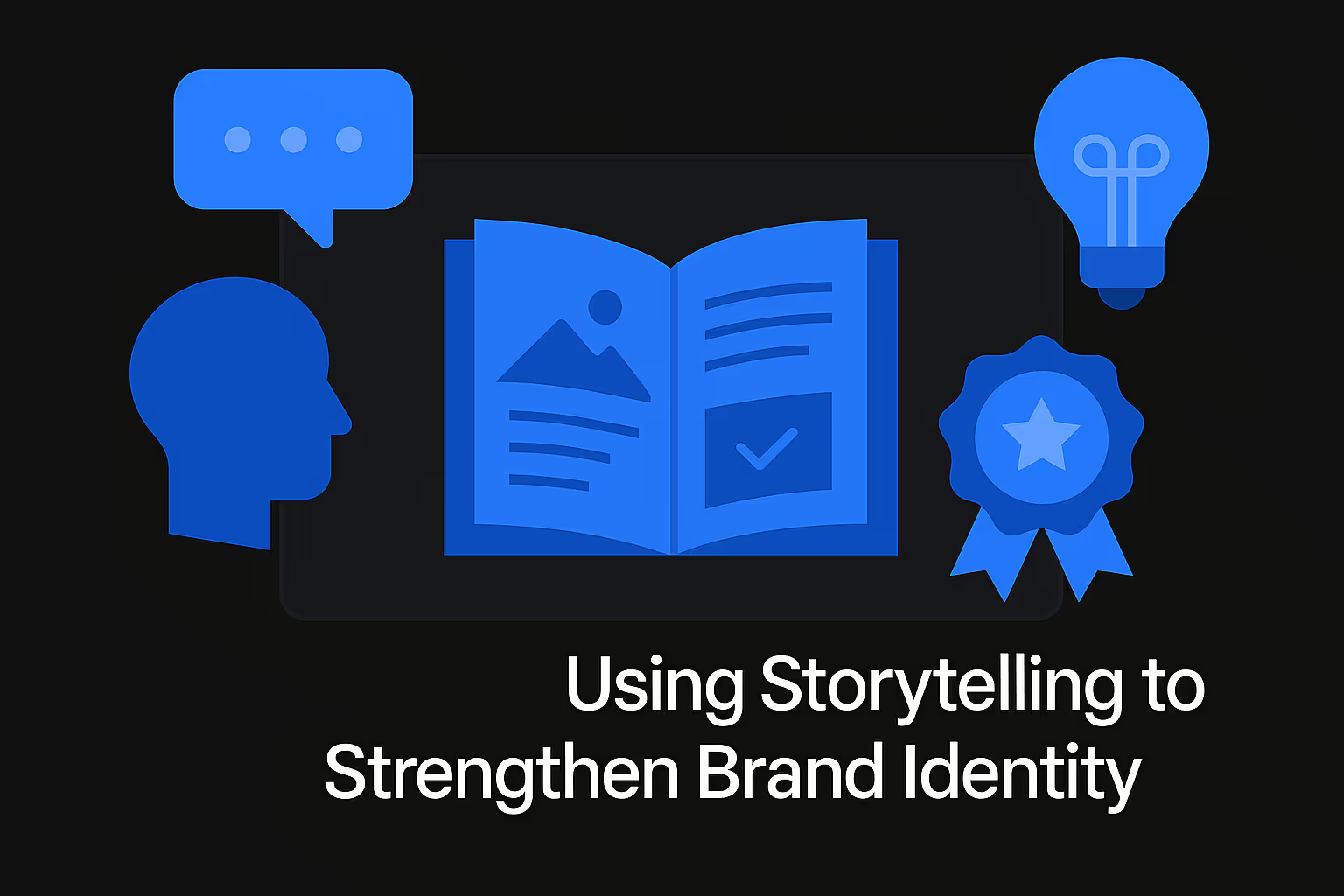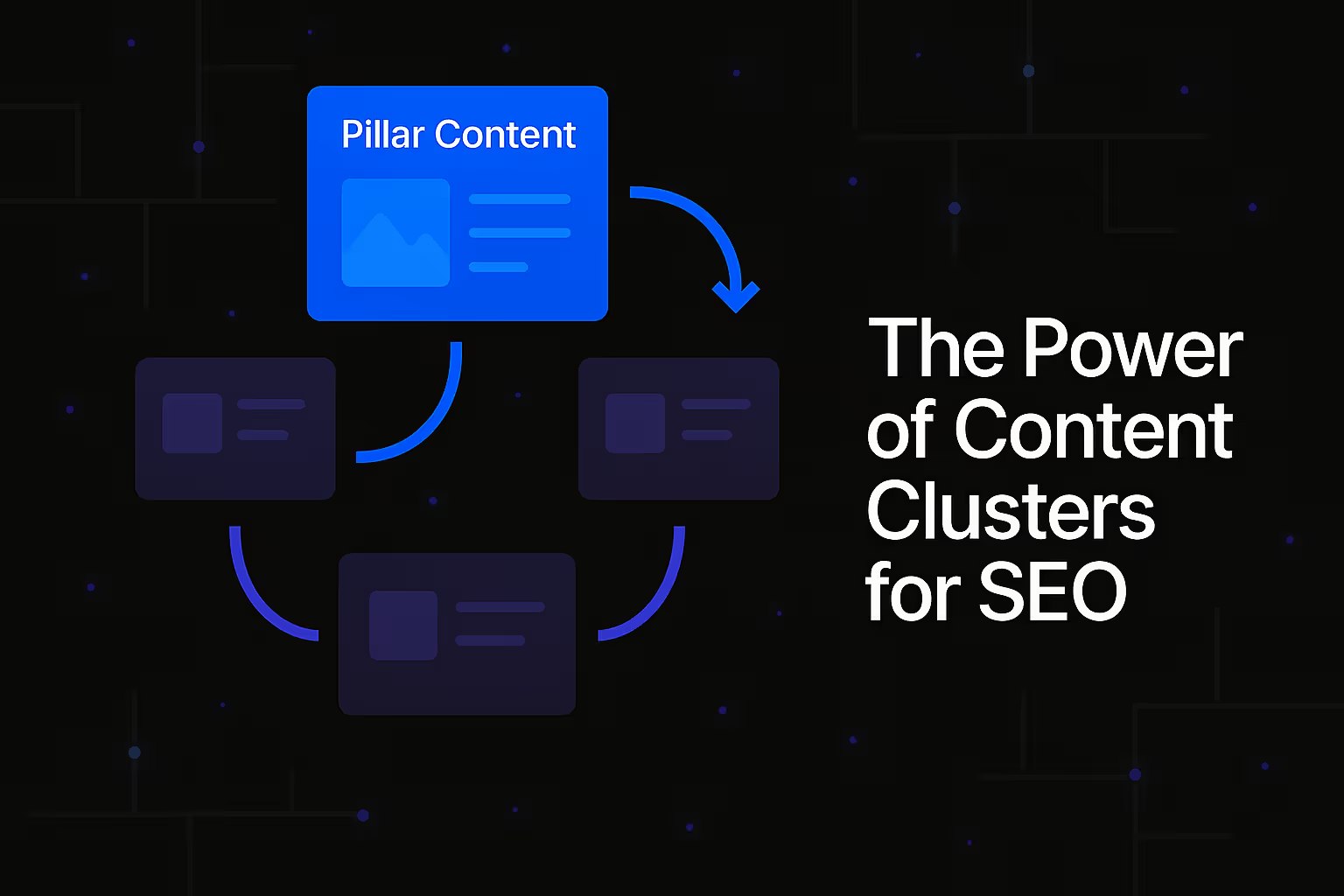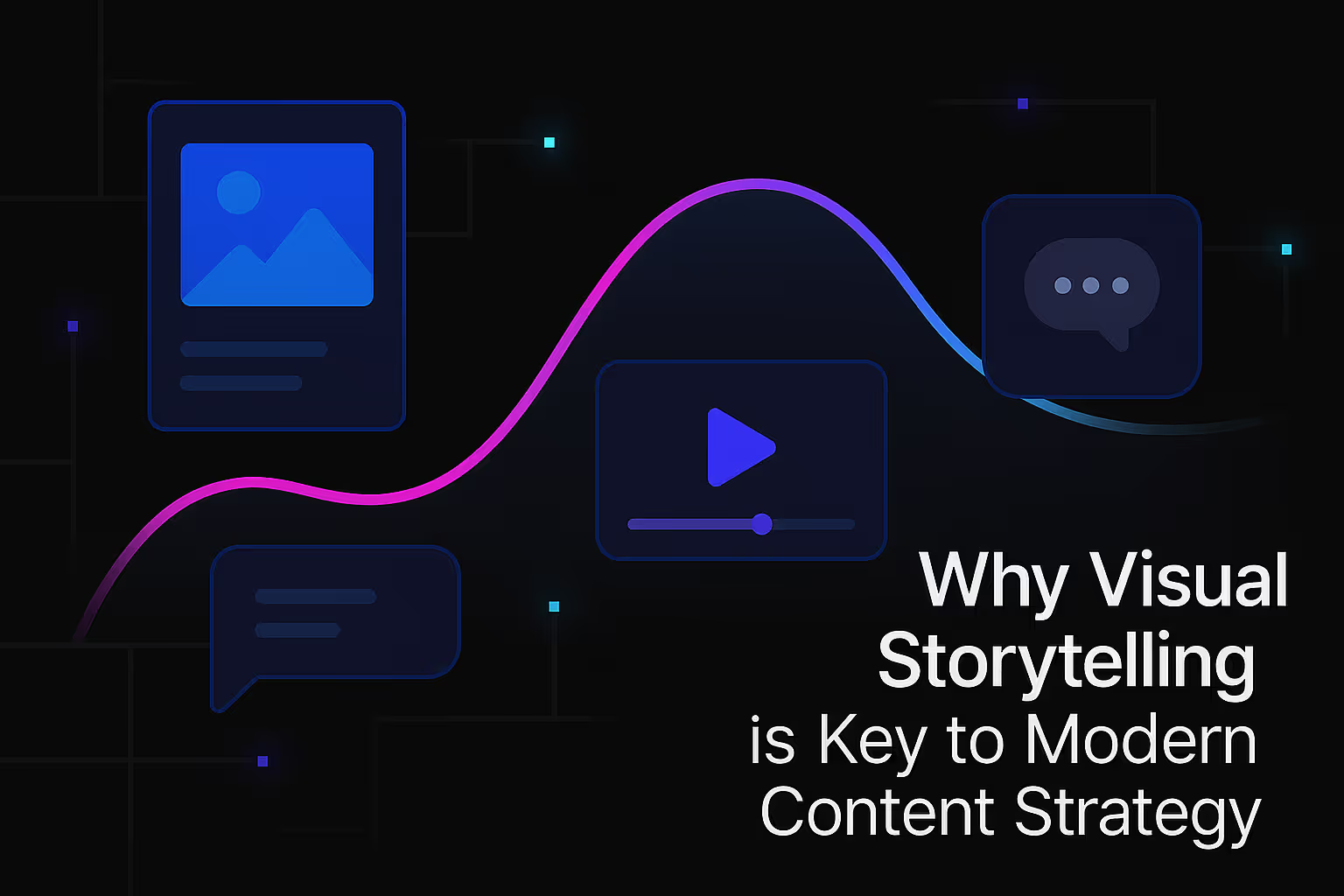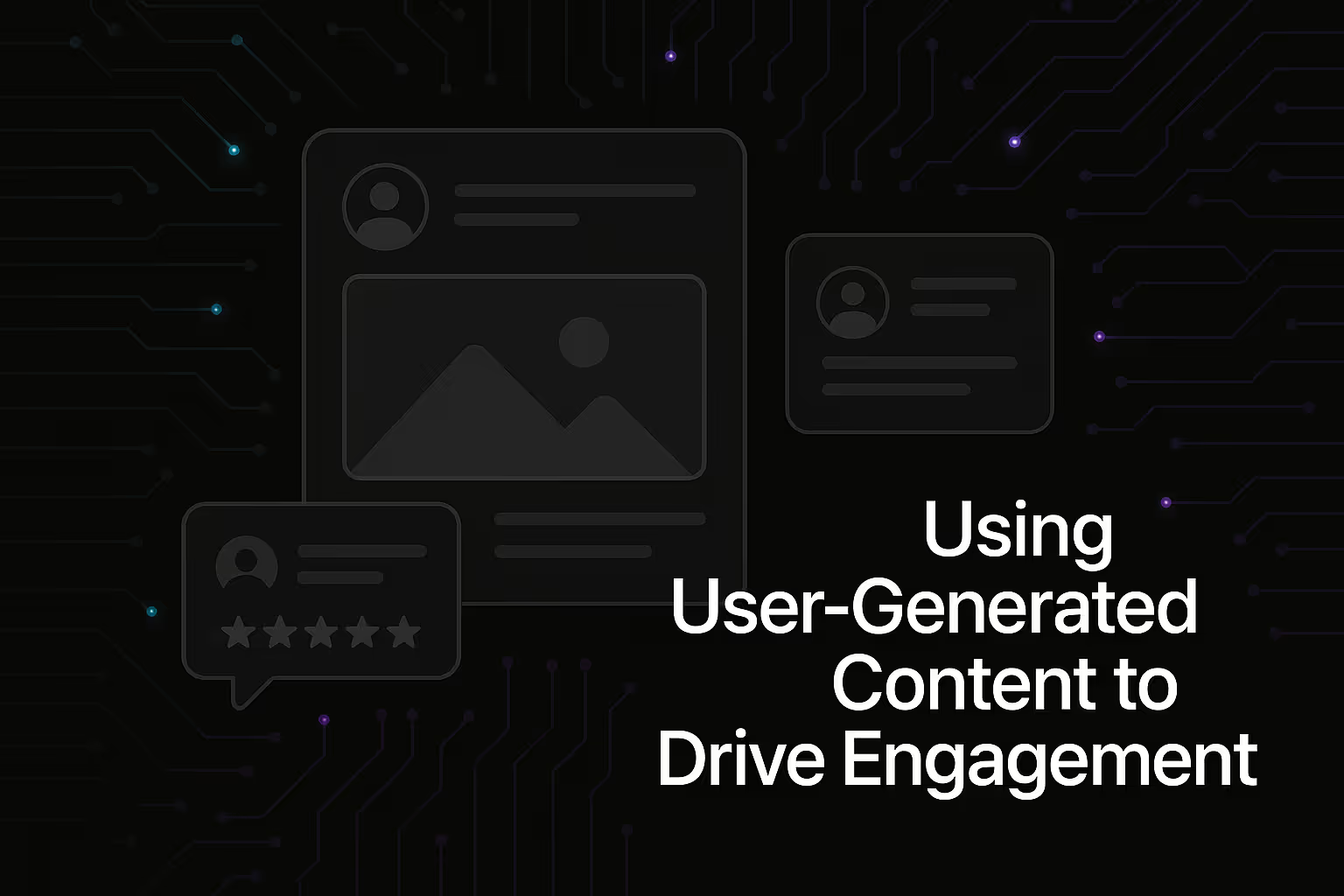Using Storytelling to Strengthen Brand Identity

In an increasingly crowded marketplace, where products and services often mimic one another, the battle for consumer attention and loyalty is fiercer than ever. Brands are no longer just selling goods; they are selling experiences, values, and aspirations. Amidst this complexity, one timeless human tradition stands out as an unparalleled tool for differentiation and connection: storytelling. More than a marketing gimmick, storytelling is the very fabric upon which robust, memorable, and deeply resonant brand identities are built. It allows a brand to transcend its functional attributes, imbuing it with personality, purpose, and a human touch that resonates on an emotional level with its audience. A compelling brand narrative transforms a company from a faceless entity into a relatable character, inviting consumers into an ongoing conversation, not just a transaction. It's about crafting an identity that is not only seen but profoundly felt, leaving an indelible mark on the minds and hearts of its audience. This exploration delves into how the art of narrative can become the cornerstone of a brand's essence, fostering unwavering connections and securing its unique place in the collective consciousness.
Beyond Logos and Slogans: The Essence of Brand Storytelling
Brand identity is far more intricate than a recognizable logo or a catchy slogan. These are merely symbols; the true identity resides in the overarching narrative a brand communicates and embodies. Brand storytelling, in its purest form, is the strategic articulation of a brand’s history, its purpose, its values, and its vision for the future, all presented through a cohesive and engaging narrative arc. It’s about conveying why a brand exists, what it stands for, and how it impacts the world and its customers, rather than simply stating what it sells.
This approach acknowledges that humans are inherently wired for stories. We process information, make sense of the world, and form attachments through narratives. When a brand crafts a compelling story, it ceases to be a mere provider of goods or services and transforms into a protagonist, an ally, or even a mentor in the consumer’s own life journey. This shift from transactional to relational is critical. Instead of pushing products, the brand invites participation in a shared experience, an emotional voyage that builds a bond deeper than any fleeting advertisement ever could. This is where authenticity becomes paramount; a fabricated story quickly falls flat, eroding trust. A genuine narrative, however, woven from the true fabric of the brand's existence and aspirations, resonates deeply and fosters an enduring sense of loyalty. It’s an ongoing dialogue, constantly evolving and adapting, yet always rooted in the core truths that define the brand’s unique identity.
Weaving Your Brand's Origin Story
Every brand, whether nascent or established, has an origin story, and it is arguably the most fundamental element of its narrative. This is the tale of its genesis: the spark of an idea, the problem that needed solving, the passion of its founders, or the transformative moment that brought it into existence. This foundational narrative humanizes the brand, allowing audiences to connect with its roots and understand the driving force behind its creation. Was it born out of frustration with existing solutions? Was it a lifelong dream brought to fruition? Did a chance encounter lead to a revolutionary concept?
Sharing this origin story provides context and meaning, explaining why the brand does what it does. It moves beyond the sterile presentation of facts and figures, inviting the audience to journey back to the very beginning, to understand the motivations, struggles, and triumphs that shaped the brand into what it is today. When a brand openly shares its humble beginnings, its learning curves, and its core beliefs, it builds an emotional bridge with consumers. This vulnerability and transparency foster a sense of shared humanity, making the brand feel approachable and trustworthy. The origin story becomes an anchor for the entire brand identity, a touchstone to which all subsequent narratives can refer, reinforcing consistency and providing a coherent thread through all brand communications. It explains the "DNA" of the brand, making its current endeavors and future aspirations comprehensible and relatable to those who engage with it.
The Customer as the Protagonist
While a brand’s origin story is vital, truly impactful brand storytelling understands that the ultimate hero of the narrative is not the brand itself, but the customer. The brand, in this context, assumes the role of a wise guide, a trusted companion, or the essential tool that empowers the customer to overcome challenges, achieve their goals, or transform their lives. This fundamental shift in perspective places the audience at the center of the narrative, making the brand’s offerings relevant to their lived experiences and aspirations.
Consider how a fitness apparel brand might tell a story not just about the technical features of its fabric, but about an individual’s journey towards a healthier lifestyle, with the brand’s clothing facilitating their comfort and confidence. The narrative focuses on the customer’s struggles, their dedication, and ultimately, their triumph. The brand becomes the enabler, the catalyst for the customer’s success. This approach acknowledges that consumers are not simply passive recipients of marketing messages; they are active participants in their own stories. By framing the brand’s value proposition in terms of how it enhances the customer’s journey, it builds a powerful sense of empathy and relatability. It moves from "buy our product" to "let us help you achieve your best self." When customers see themselves reflected in a brand’s story, when they feel understood and supported, the connection deepens exponentially, fostering not just loyalty, but a profound sense of partnership. This focus on the customer’s narrative journey is the hallmark of a truly people-first brand strategy.
The Pillars of a Compelling Brand Narrative
Crafting a brand narrative that truly resonates requires a foundational understanding of several key elements. These are the pillars that support and strengthen the entire storytelling edifice, ensuring its stability, impact, and long-term effectiveness. Without these core components, even the most creative stories can falter, failing to connect with the audience or to consistently reinforce the brand's identity.
Authenticity and Transparency: The Bedrock of Trust
In an era saturated with information and skepticism, authenticity and transparency are no longer optional; they are imperative for building a strong brand identity. A brand story that feels genuine and transparent instantly garners trust, which is the ultimate currency in consumer relationships. Authenticity means being true to the brand's core values, its mission, and its unique personality, even when it means acknowledging imperfections or challenges. It’s about presenting a real, relatable entity, rather than a polished, unattainable ideal.
Transparency, on the other hand, involves openness about operations, sourcing, processes, and even failures. When a brand is transparent about its supply chain, its commitment to sustainability, or how it handles customer feedback, it builds a deep reservoir of credibility. This openness communicates a willingness to be accountable and fosters a sense of honesty that consumers deeply value. A brand that tries to be everything to everyone, or that hides behind ambiguous statements, will struggle to forge meaningful connections. Conversely, a brand that stands firm in its authentic identity, and operates with a clear, transparent ethos, empowers its audience to make informed choices and to feel a true sense of alignment with its values. This foundational trust becomes the basis for all subsequent interactions and is essential for long-term brand loyalty.
Consistency Across Every Touchpoint
A powerful brand story is not a one-off campaign or a single piece of content; it is an omnipresent thread woven through every single interaction a consumer has with the brand. This demands unwavering consistency across all touchpoints, from the visual aesthetics of a website to the tone of voice in a customer service email, from the messaging in a social media post to the packaging of a product. Every element, no matter how small, must reinforce the core narrative and values of the brand.
Inconsistency, even minor deviations, can confuse the audience and dilute the brand's identity. If a brand portrays itself as innovative and cutting-edge in its advertising, but its website is outdated and clunky, the disconnect undermines its credibility. Similarly, if a brand’s social media personality is playful and approachable, but its formal communications are stiff and corporate, it creates a fragmented experience. This meticulous attention to consistency ensures that the brand’s identity is not only recognizable but also deeply understood and trusted. It solidifies the brand’s personality in the minds of consumers, making it predictable in the best possible way—predictably excellent, predictably aligned with its values. This uniform expression of the brand story builds a cohesive and memorable experience, reinforcing the brand's unique character at every turn and strengthening its overall presence in the market.
Emotional Resonance: Tapping into Shared Values
The most impactful brand stories are those that stir emotions and connect with an audience on a deeply human level. Beyond simply conveying information, compelling narratives tap into shared experiences, universal struggles, aspirations, and values. This emotional resonance is what transforms a product into a personal solution, a service into a transformative experience, and a company into a trusted partner. Brands that succeed in this endeavor often do so by understanding the core desires and anxieties of their target audience and crafting stories that speak directly to those insights.
For instance, a brand focused on sustainable living might tell stories not just about eco-friendly products, but about the hopeful vision of a healthier planet for future generations, tapping into a collective desire for environmental stewardship. A financial services company might weave narratives not merely about investment returns, but about the peace of mind that comes from securing a family’s future, addressing universal concerns about security and well-being. By aligning their brand's purpose and actions with the deeply held values and emotional landscapes of their audience, brands create a powerful mirror effect. Consumers see their own beliefs, struggles, and triumphs reflected in the brand’s narrative, fostering a profound sense of connection and belonging. This emotional bond transcends rational choice, leading to loyalty that withstands competitive pressures and economic fluctuations, because it is rooted in something far more fundamental than price or feature sets.
Storytelling in Action: Practical Applications for Brand Identity
Translating the abstract principles of brand storytelling into tangible, actionable strategies is where the true power of this approach comes to life. It’s about consciously integrating narrative elements into every facet of a brand’s communication, ensuring that the identity is not just spoken about, but actively demonstrated and experienced by the audience. From the written word to visual content and even internal culture, storytelling offers a dynamic framework for reinforcing brand identity.
Crafting Engaging Content Through Narrative
The realm of content marketing – including blog posts, articles, case studies, and long-form guides – provides a fertile ground for sophisticated brand storytelling. Instead of simply presenting facts or product specifications, brands can infuse these pieces with narrative structures, characters, conflicts, and resolutions. For example, a software company could tell the story of a small business owner struggling with inefficient processes, introducing their software as the innovative solution that transformed their operations and ultimately led to success. This isn’t just a product demonstration; it’s a journey with a relatable protagonist, a tangible challenge, and a triumphant outcome.
The narrative can involve brand representatives as helpful mentors, or customers as heroes who achieve their goals with the brand's assistance. This approach moves beyond dry instructional content, making information more digestible, memorable, and emotionally impactful. By adopting a narrative lens, content becomes a vehicle for expressing the brand's values in action, showcasing its problem-solving capabilities, and demonstrating its commitment to its audience's success. It allows for the natural integration of key messages within a compelling context, ensuring that the brand’s identity is not just stated, but vividly illustrated and deeply felt by those engaging with the content. This type of engaging narrative content also naturally encourages longer engagement times, which are beneficial for overall digital presence.
Visual Storytelling: Beyond Words
In an increasingly visual world, a brand’s identity is profoundly shaped by what it shows, not just what it says. Visual storytelling encompasses all forms of imagery, video, and interactive media that contribute to the brand’s narrative. High-quality, thoughtfully curated visuals have the unique ability to convey emotions, values, and an entire brand personality at a glance, often more powerfully than words alone. The choice of colors, typography, photographic style, and video production values all contribute to the visual language of the brand, reinforcing its story without uttering a single word.
Consider how a luxury brand might use sophisticated, minimalist aesthetics and elegant photography to communicate exclusivity and quality. Conversely, an environmentally conscious brand might employ natural lighting, authentic, unposed imagery, and earthy tones to convey groundedness and sustainability. Video content, in particular, offers an unparalleled opportunity for dynamic storytelling, allowing brands to present mini-narratives, showcase behind-the-scenes glimpses, or share customer testimonials in a compelling, emotionally resonant format. Consistency in visual style across all platforms is paramount; a disjointed visual identity fragments the brand story and confuses the audience. When visuals are carefully aligned with the core narrative, they become powerful amplifiers, cementing the brand’s identity and making it instantly recognizable and deeply memorable in the minds of consumers.
Employee Advocacy: Internal Storytellers
The brand story is not solely for external consumption; it must also live vibrantly within the organization itself. Employees are arguably the most authentic storytellers a brand possesses. When employees genuinely understand, believe in, and embody the brand’s narrative, they become powerful advocates, extending the brand’s identity far beyond traditional marketing channels. Their enthusiasm, their commitment to the brand’s values, and their personal experiences become living testaments to the brand’s essence.
This requires a conscious effort to immerse employees in the brand story from their very first day. Training, internal communications, and leadership modeling should consistently reinforce the brand's purpose, values, and vision. When employees feel a deep connection to the brand's narrative, they are more likely to deliver exceptional customer experiences, which in turn becomes a crucial part of the ongoing brand story. A customer's interaction with a knowledgeable, passionate employee is a direct experience of the brand's identity in action. Furthermore, employees can share their own stories – their "why" for working there, their favorite moments, or how they embody the brand's values – through social media, company events, or personal interactions. These authentic, organic narratives carry immense weight, often resonating more powerfully than polished corporate messages. Empowering employees to be internal storytellers transforms them into living embodiments of the brand, strengthening its identity from the inside out and fostering a culture that naturally radiates authenticity and trustworthiness.
Measuring the Impact: How Storytelling Shapes Brand Perception and Growth
The investment in developing and disseminating a compelling brand story yields tangible and intangible returns that profoundly impact a brand’s standing in the market. While the direct financial metrics are often a result of these shifts, the core benefits of effective storytelling lie in its ability to fundamentally reshape perception, cultivate deep loyalty, and carve out a distinct position in a competitive landscape. Understanding these impacts is crucial for appreciating the long-term value of narrative-driven brand building.
Building Brand Loyalty and Community
At its heart, storytelling is about fostering connection, and this connection is the bedrock of enduring brand loyalty. When consumers resonate with a brand's narrative, they don't just buy a product; they buy into a set of values, a purpose, and a shared identity. This deeper engagement transcends fleeting trends or competitive pricing, transforming casual customers into dedicated advocates. A brand story that invites participation, that celebrates its customers as central to its ongoing narrative, cultivates a powerful sense of community.
Think of brands that inspire fierce loyalty – often, they have cult-like followings because they've successfully built a narrative that people want to be a part of. This isn’t simply about repeat purchases; it’s about defending the brand, recommending it passionately, and feeling a sense of belonging to something larger than oneself. This community of loyalists becomes a powerful engine for organic growth through word-of-mouth referrals and authentic user-generated content, all of which further amplify the brand’s story and reinforce its identity. This loyalty is not easily won, nor is it easily lost; it is cultivated over time through consistent, emotionally resonant storytelling that reinforces shared beliefs and provides a sense of shared journey.
Differentiating in a Crowded Market
In many industries, the functional differences between competing products or services have become minimal. In such a landscape, a unique and compelling brand story becomes the ultimate differentiator. It allows a brand to stand out not just by what it offers, but by who it is and why it exists. While competitors may replicate features or match prices, they cannot replicate a truly authentic and deeply embedded narrative. This distinct story provides a competitive moat, making the brand memorable and giving consumers a compelling reason to choose it over others.
A brand story can highlight a unique approach, a commitment to a particular cause, a heritage that speaks to craftsmanship, or an innovative spirit that defies convention. These narrative elements create an emotional and intellectual distance from competitors, allowing the brand to occupy a unique space in the consumer's mind. It moves the conversation beyond mere utility to a deeper level of identity and aspiration. By consistently telling its distinct story, a brand carves out its own niche, attracting an audience that aligns with its specific values and vision. This strategic differentiation through narrative is crucial for sustained growth and resilience in an increasingly commoditized world, ensuring that the brand is not just another option, but a singular choice.
Driving Brand Recall and Recognition
The human brain is wired to remember stories far more effectively than isolated facts or figures. When information is embedded within a narrative structure, it becomes more digestible, more engaging, and significantly easier to recall. This cognitive phenomenon is a powerful advantage for brands that leverage storytelling to strengthen their identity. A well-crafted brand story acts as a mnemonic device, helping consumers remember the brand, its values, and its offerings long after their initial encounter.
Think of iconic advertising campaigns that tell a mini-story in thirty seconds, leaving a lasting impression. These narratives create strong associations, linking the brand not just to a product, but to an emotion, a situation, or a desired outcome. Consistent storytelling across all touchpoints reinforces these associations, building strong brand recognition. When consumers encounter a brand's logo, hear its jingle, or see its distinctive visual style, the entire narrative instantly comes to mind. This high level of recall and recognition is invaluable for brand awareness, influencing purchasing decisions, and creating a strong mental footprint in the marketplace. It ensures that when a need arises, or a purchasing decision is being made, the brand’s identity readily surfaces, driven by the enduring power of its story.
The Unfolding Narrative: A Brand's Ever-Evolving Journey
The journey of strengthening brand identity through storytelling is not a finite project with a clear end point; it is an ongoing, dynamic process. A brand's narrative is a living, breathing entity, constantly evolving and adapting in response to market shifts, consumer feedback, internal developments, and the broader cultural landscape. Just as a compelling novel or a beloved film series captivates its audience by continually unfolding new chapters, a successful brand sustains engagement by enriching its story over time.
This means regularly re-evaluating the narrative, seeking new angles, incorporating fresh perspectives, and ensuring it remains authentic and relevant to its audience. It involves listening intently to customer experiences, celebrating their stories, and allowing those interactions to inform and deepen the brand’s own evolving tale. It is about understanding that the strongest brand identities are not static monuments, but vibrant, responsive ecosystems of shared experiences and meaning. By embracing this continuous narrative development, brands can foster evergreen connections, build resilient communities, and ensure their identity remains compelling, distinctive, and deeply cherished for generations to come. The most impactful brands are those that never stop telling their story, always finding new ways to connect, inspire, and write the next chapter alongside their loyal audience.
Similar Insights
Stay Updated with Our Insights
Join our newsletter for the latest trends and tips in web development and digital marketing.




